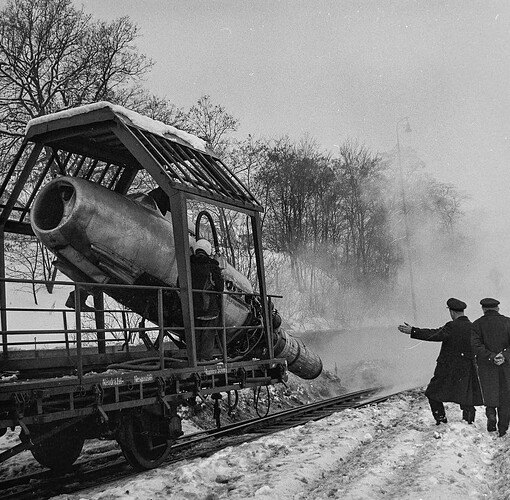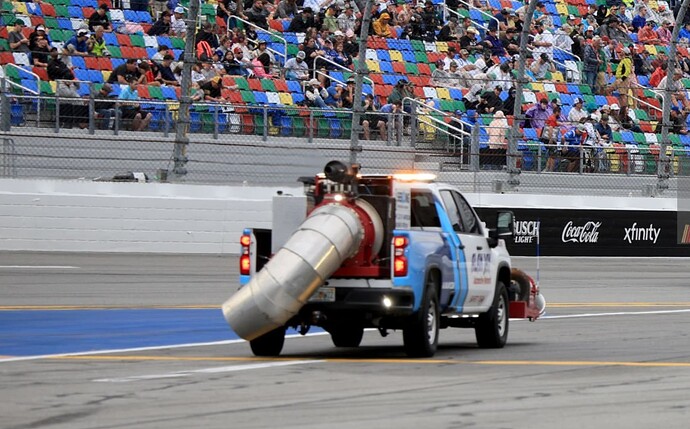In 1970, during a particularly brutal snowstorm, railroad workers in Czechoslovakia were confronted with the urgent task of keeping train routes operational despite thick layers of ice and snow. With traditional de-icing methods proving insufficient, the workers turned to an unconventional and ingenious solution: repurposing a MiG-15 jet engine to blow hot air onto the frozen tracks. Originally designed for military use, the powerful engine was mounted and directed at the rails, using its intense exhaust to melt the ice and restore the railway’s functionality.
This creative use of military technology for civilian needs showcased not only the workers’ ingenuity but also the broader adaptability of Cold War-era equipment. The MiG-15’s jet exhaust proved far more effective and efficient than standard defrosting tools, dramatically speeding up the process of clearing the tracks. The image of a fighter jet engine roaring across a snowy rail yard was both surreal and symbolic—a vivid demonstration of human innovation under pressure.
The incident quickly became a notable chapter in Czechoslovak industrial history, embodying the resilience and inventive spirit of its people. In the face of harsh weather and limited resources, the use of a jet engine to ensure the continuity of vital transportation infrastructure was a bold and memorable act. It remains a powerful example of how necessity can inspire extraordinary problem-solving, even in the most unexpected ways.


